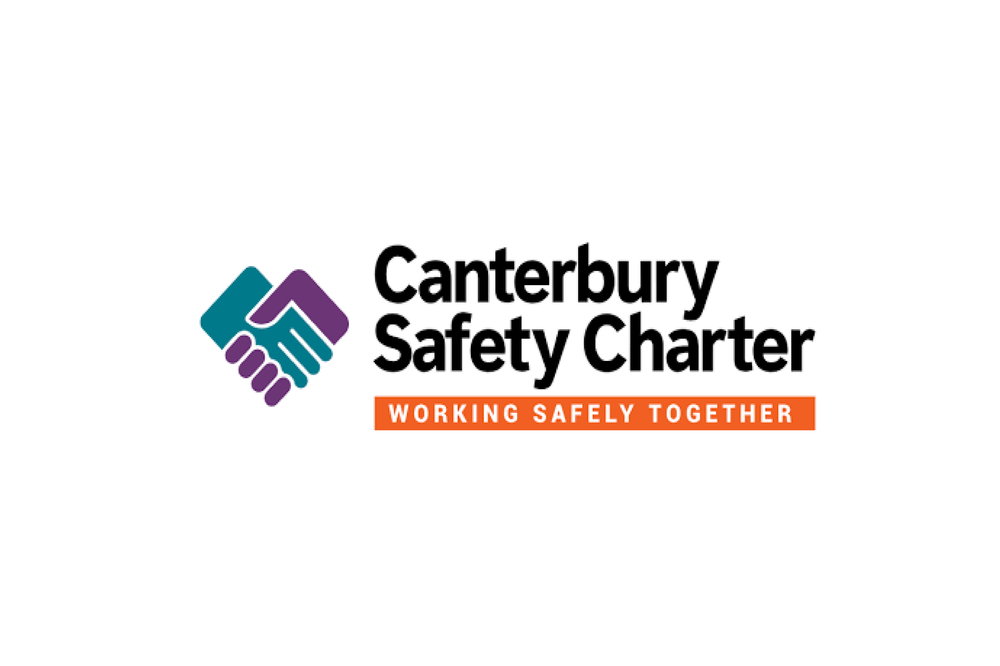
Toolbox Talk: Working with Dust
Dust is defined as fine, dry powder consisting of tiny particles of earth or waste matter, either on the ground or carried in the air. When breathed deep into the lungs it can cause damage.
Introduction
Dust is defined as fine, dry powder consisting of tiny particles of earth or waste matter, either on the ground or carried in the air. When breathed deep into the lungs it can cause damage.
Silica dust is particularly dangerous – silica dust is created by cutting, grinding, drilling or otherwise disturbing materials. Silica is found in products like concrete, bricks, rocks, stones, sand, and clay. When silica is disturbed and dust created it can cause serious health effects such as the lung disease Silicosis.
Asbestos dust if extremely dangerous. Asbestos dust is created by cutting, grinding, drilling or otherwise disturbing materials. Asbestos is found in products like roofing, cladding, pipes, flooring, insulation, and lagging. When asbestos is disturbed and dust created it can cause serious health effects such as asbestosis and lung cancer.
People on construction sites are at a greater risk of breathing in dust as they are disturbing materials regularly as part of their work.
IDENTIFY where and when dust is an issue
Main sources of excessive exposure to dust, including asbestos or silica dust include:
- Demolition
- Cutting and grinding concrete or building products that may contain asbestos
- Abrasive blasting of concrete or building products that may contain asbestos
- Crushing building products that may contain asbestos
- Brick and masonry crushing
- Cutting Linea board or other building products that may contain asbestos
- Sanding, drilling, or pressure washing or building products that contain asbestos
Dust that can't be seen is often what causes the most harm to your health, so don't always expect to see it with the naked eye.
Symptoms of silicosis to watch out for include:
- Frequent dry coughing
- Shortness of breath
- Wheezing
- Increased tiredness
ASSESS the health risks
Working around dust. including soft wood, asbestos, or silica, without appropriate controls can lead to serious illnesses. Even if you are not exposed for long periods, you can become unwell. Consider the following health risks:
- Breathing dust into your lungs. This can cause respiratory disease and in serious cases where a worker has a lengthy exposure to high levels of silica dust, silicosis (scarring on the lung tissue), brief exposure to asbestos can cause lung cancer.
- Swallowing dust can affect your internal organs including your intestines.
- Getting dust in your eye can cause eye damage and irritation.
- Skin contact with dust can cause skin irritation and in some cases dermatitis.
It's important your organisation, supervisor and workers are implementing proper controls and protections to manage health risks.
MANAGE dust
PCBUs have a legal duty to manage dusts, (including soft wood, silica, and asbestos) on site. Once the task analysis has been completed, and activities involved in creating dust have been identified, a plan should be put in place to protect everyone on site.
IMPORTANT NOTE: Do not attempt to work with asbestos. If you suspect a building product contains asbestos, stop work immediately. Report it. Have the product tested. If it contains asbestos, engage expert contractors to remove the asbestos.
There are a range of controls that can be used and should be considered in the following order:
A. Dust control methods
Using water suppression methods such as water hoses to wet any dust before it becomes airborne. Using local exhaust ventilation, for example on tool extraction where practicable. Vacuuming up dust instead of dry sweeping. Looking for dust control features when purchasing your equipment. Avoiding using sand for abrasive blasting.
B. Respiratory protection
This should be used with the dust control methods listed above. Making sure the correct respirator is used for the job. Remind should be clean-shaven. The mesh needs to be fit tested to work effectively.
After working around dust, it is very important to remove dusty clothes before leaving work (where possible), as it may contaminate vehicles, homes, and other areas.
D. Warning signs
Where dust including silica is a risk on site, post signs to warn anyone coming into the area.
E. Training
Those working with dust should have some training about the health effects of exposure, practices to follow to protect themselves and how to take care of their respiratory equipment.
Did you know?
Smoking adds to the lung damage caused by regularly breathing in dust at work. Worker exposure monitoring and health monitoring is important to both determine the risk and if the controls are working correctly. Health monitoring should include a baseline and then an annual lung function test along with a respiratory questionnaire.
Q and A
- Ask the team to identify if and when they have carried out activities that could have created dust.
- Talk to your teams about what is happening on site to protect them from construction dust.
- Talk about what is appropriate PPE to protect the worker.
Further reading
- WorkSafe NZ: Dust
- WorkSafe NZ: What to know about exposure monitoring and health monitoring – for small businesses
- WorkSafe NZ: Exposure monitoring and health monitoring – guidance for businesses